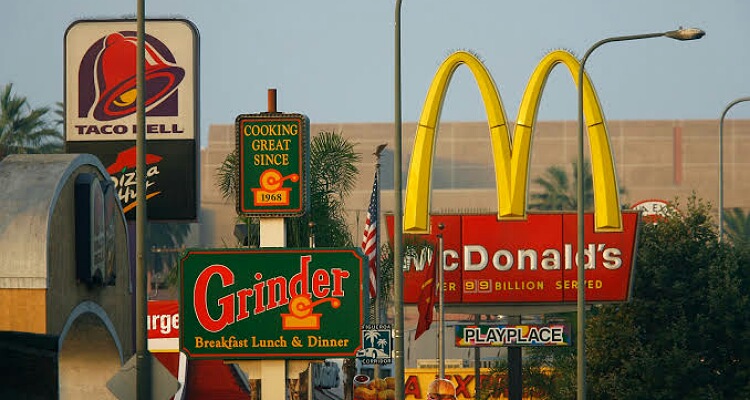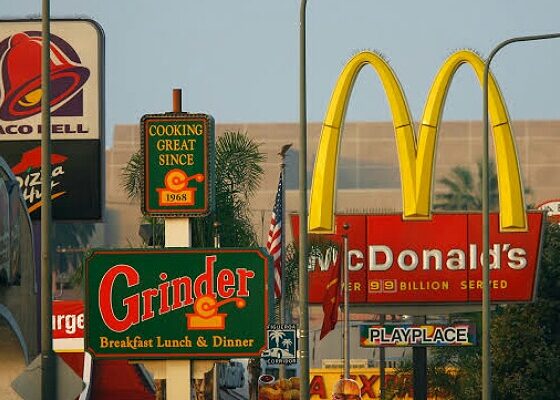A food swamp can up your risk of getting a stroke, states a new study. What are food swamps? How do they cause health issues?
What is a food swamp?
If we reside in an area where stores have unhealthy food options, it becomes hard to resist the urge to buy those products rich in saturated fats, sugars, and salts. Moreover, if we have to travel on roads that are lined with such shops, one fails in front of the rising temptation to buy them. And if it is drive-in restaurant, all the more it gets harder on our minds.

A food swamp is a locality or neighborhood that abound in businesses that sell foods that are in the unhealthy categories. These include fried foods, fatty foods, sweet food dishes, sugary fizzy beverages, high salted snacks or foods or ultra processed foods. Nowadays, such products have flooded the various supermarkets and grocery shops. Authors used this term in the article in their International Journal of Environmental Research and Public Health. It states that if you live in such swamps, you could have a raised risk of stroke.
The study details
In this study that was presented at the American Stroke Association’s International Stroke Conference 2023, the research team took the data from the University of Michigan’s Health and Retirement Study (HRS) and the U.S. Department of Agriculture, according to the American Heart Association (AHA).
Based on this data, the scientists created a retail food environment index (RFEI). This used the ratio of healthy vs unhealthy foods sold at the food outlets of the locality. Healthy foods were at the farmer’s markets and specialized food stores. While the unhealthy lot were at fast foods restaurants, grocery shops, supermarkets, etc.

This above data was compared with the health of 17,875 adults who resided in these areas. Their mean age was 64 years.
The findings
And the study gave expected results. People living in areas with unhealthy food options have 13% higher risk of stroke. Dixon Yang, the lead author of the study from Columbia University Irving Medical Center in New York City said:
“Our research highlights the potential importance of an area’s retail food options as a structural factor affecting stroke, especially since most participants resided in areas with 6 times the amount of relative unhealthy to healthy food choices,”
At this early stage of our research, it’s important to raise awareness that a person’s neighborhood and food environment are potentially important factors affecting their health, especially among people who may have difficulty in reaching optimal cardiovascular health targets,”
“In the future, it may help to focus on community-based interventions or dietary guidance to improve cardiovascular health, thereby, hopefully reducing the risk of stroke.”

These outlets target areas that are poor and vulnerable and likely to purchase their cheap foods.
Jesse Feder from My Crohns and Colitis team said:
“While it is good to have easy access to food, it is not good to have easy access to unhealthy foods and a hard time finding healthier foods,”
“This puts several different populations at increased risk for obesity and diseases that come with it.”
Also, read Avoid these junk plant foods to remain healthy!
Food preparation in advance can decrease the purchase of unhealthy foods. Limit these unhealthy options to just one to three per week.
